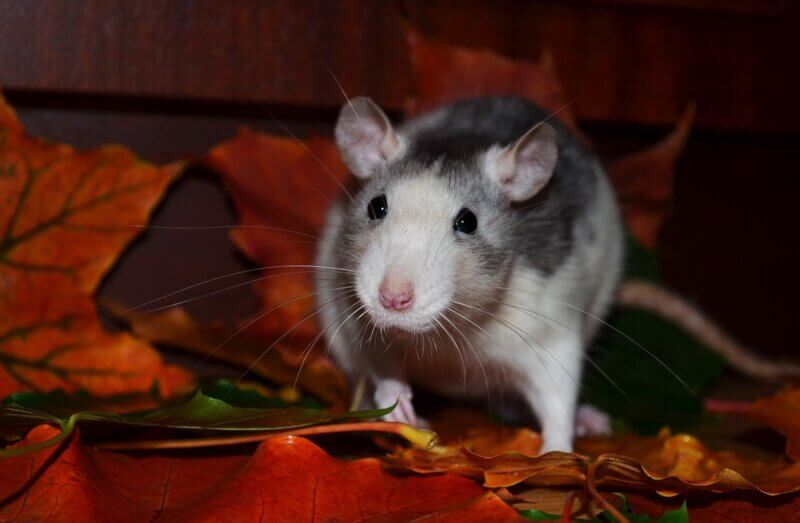Nagaland Bans Cruel Glue Traps for Rodent Control in Response to PETA India Appeal
Following an appeal from PETA India, Nagaland’s director of animal husbandry and veterinary services issued a circular prohibiting the manufacture, sale, and use of cruel and illegal glue traps throughout the state. The circular cites PETA India’s letter and calls for compliance with Section 11 of The Prevention of Cruelty to Animals Act, 1960, which prohibits causing unnecessary pain and suffering to animals.
PETA India’s appeal requested that the state take immediate steps to implement the Animal Welfare Board of India’s directions against using glue traps for catching rodents. Nagaland is the latest of 29 states and union territories to issue directives against these cruel and illegal sticky traps. Similar circulars taking action on these devices have been issued by the governments of Andaman and Nicobar Islands, Andhra Pradesh, Arunachal Pradesh, Chandigarh, Chhattisgarh, Delhi, Goa, Gujarat, Haryana, Himachal Pradesh, Jammu and Kashmir, Jharkhand, Karnataka, Ladakh, Lakshadweep, Madhya Pradesh, Maharashtra, Manipur, Meghalaya, Mizoram, Odisha, Punjab, Sikkim, Tamil Nadu, Telangana, Tripura, Uttarakhand, and West Bengal.
Usually made of plastic trays or sheets of cardboard covered with strong glue, these traps are indiscriminate killers that frequently ensnare non-target animals. Therefore, using them is also a violation of the Wild Life (Protection) Act, 1972, which prohibits the “hunting” of protected indigenous species. Mice, rats, and other animals caught in these traps may suffocate if their nose and mouth become stuck in the glue, while some even chew through their legs in a desperate bid for freedom and die from blood loss. Others starve to death after being stuck to the board for days. Those found alive may be thrown away along with the trap or face an even more traumatic death, such as bludgeoning or drowning.
The best way to control rodent populations is to make an area unattractive or inaccessible to them: eliminate food sources by keeping surfaces and floors clean and storing food in chew-proof containers, sealing trash cans, and using ammonia-soaked cotton balls or rags to drive rodents away. (They hate the smell.) After giving them a few days to leave, seal entry points using foam sealant, steel wool, hardware cloth, or metal flashing. Rodents can also be removed using humane cage traps but must be released where they will find adequate food, water, and shelter to help them survive.
Support Our Work!







